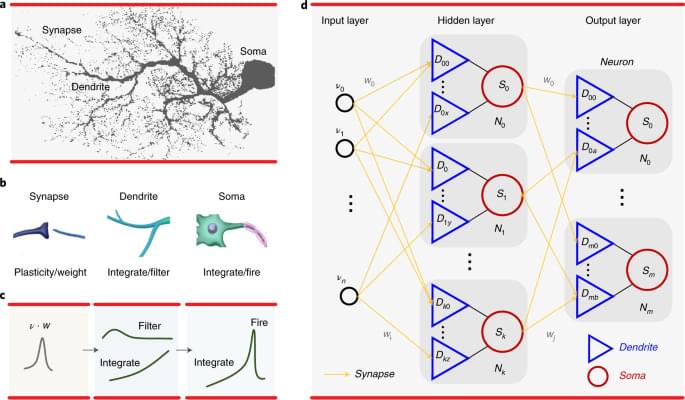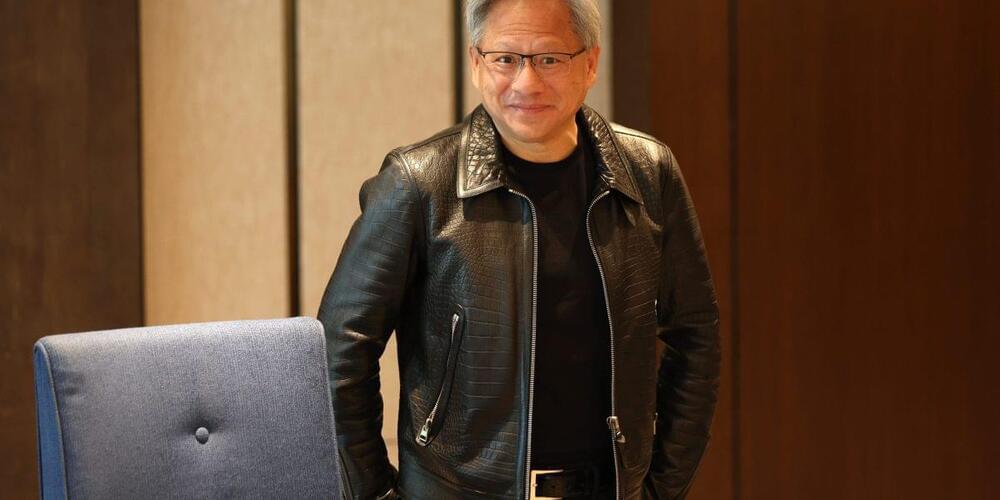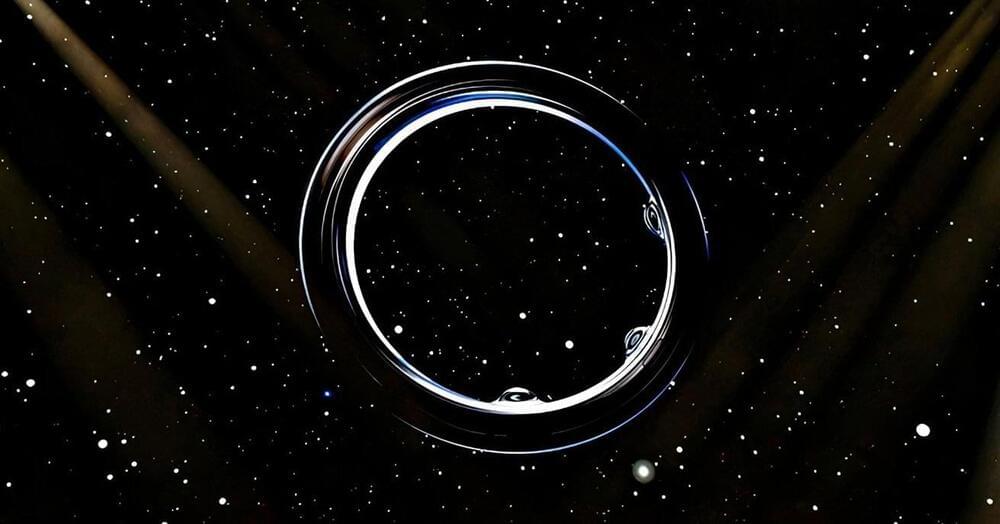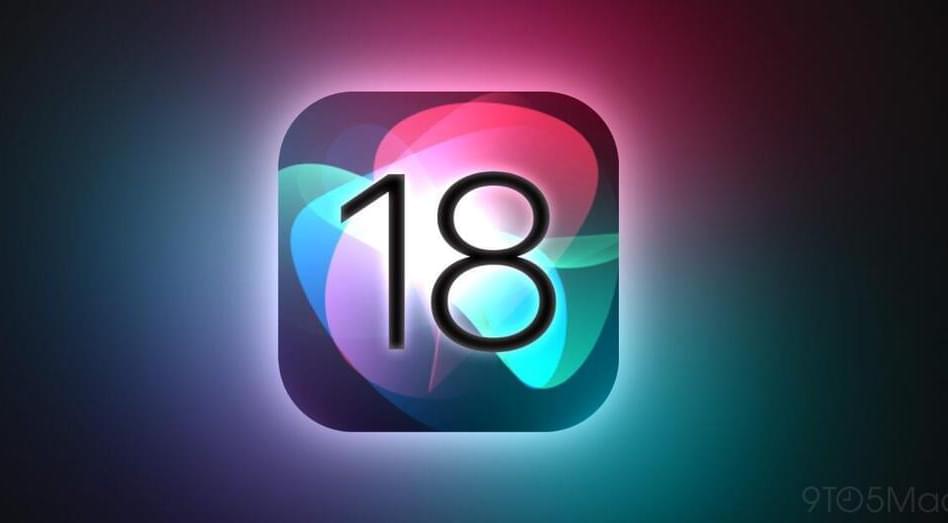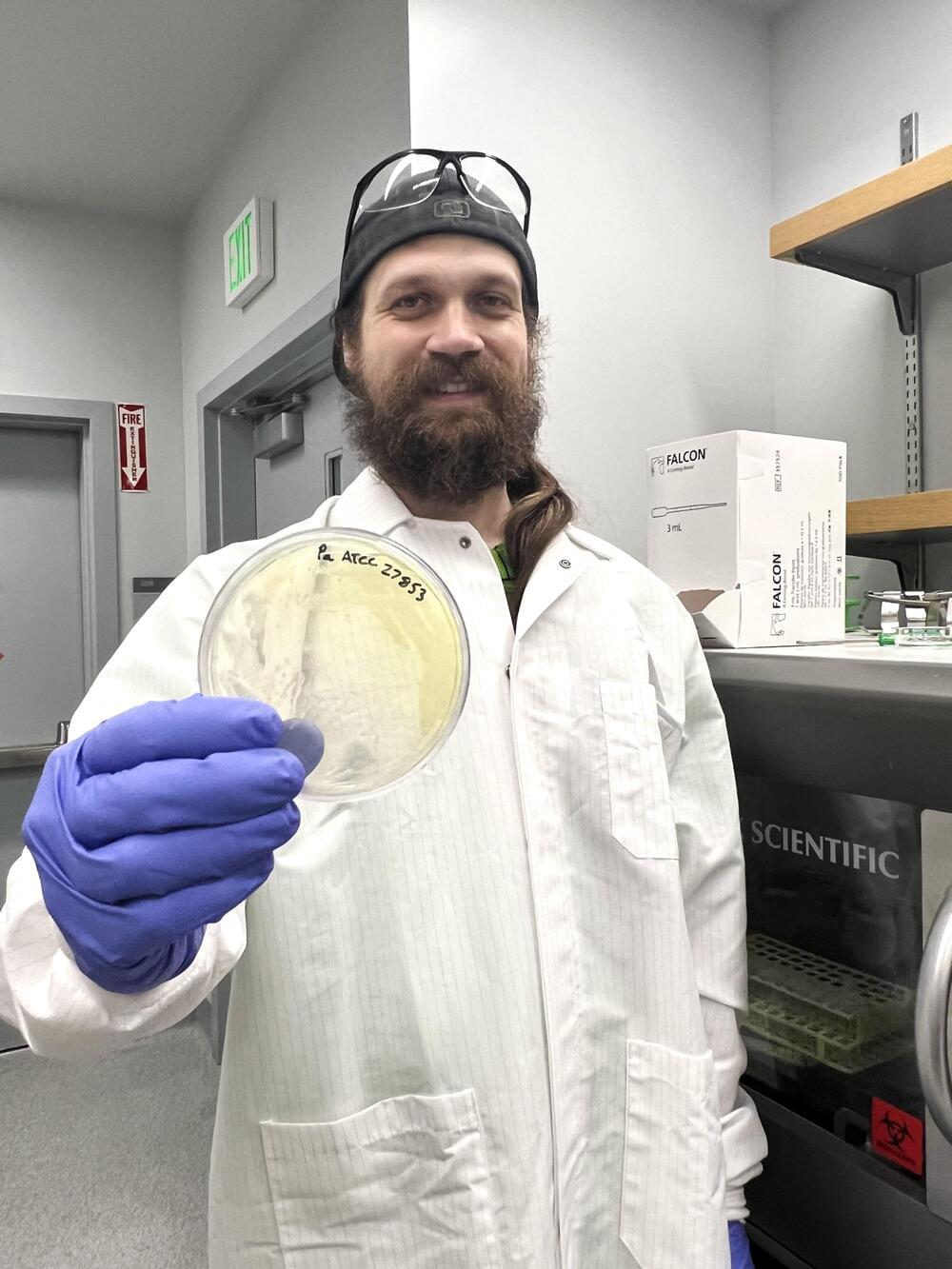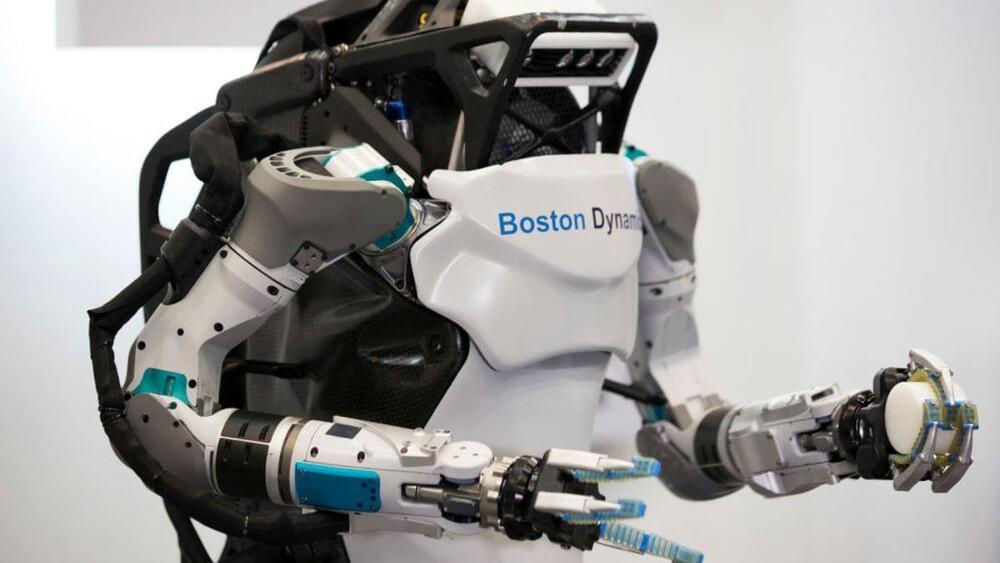A memristor-based artificial dendrite enables the neural network to perform high-accuracy computation tasks with reduced power consumption.
He’s worth $60 billion. I wouldn’t say I didn’t see it coming. The company has been good for a while.
Nvidia cofounder and CEO Jensen Huang, worth over $60 billion after his $1.9 trillion AI giant reported blowout earnings, crowns a “whole new industry.”
Late last week, OpenAI announced a new generative AI system named Sora, which produces short videos from text prompts.
The rumor mill has fired up again, with a new supply chain report claiming that the “Apple Ring” will arrive sooner, rather than later.
Samsung’s tease of the Galaxy Ring during its Unpacked event in January will help expand the smart ring market considerably. However, a report claims Apple isn’t too far away from introducing its own.
According to an industry insider speaking to ETNews on Tuesday, Apple is getting very close to launching the rumored wearable. After filing many patent applications, and spurned on by Samsung, it could soon be Apple’s turn.
Norway boasts the highest electric vehicle adoption rate in the world. Some 82% of new car sales were EVs in Norway in 2023, according to the Norwegian Road Federation (OFV). In comparison, 7.6% of new car sales were electric in the U.S. last year, according to Kelley Blue Book estimates. In the world’s largest auto market, China, 24% of new car sales were EVs in 2023, according to the China Passenger Car Association.
“Our goal is that all new cars by 2025 will be zero-emission vehicles,” said Ragnhild Syrstad, the state secretary of the Norwegian Ministry of Climate and Environment, “We think we’re going to reach that goal.”
The Norwegian government started incentivizing the purchase of EVs back in the 1990s with free parking, the use of bus lanes, no tolls and most importantly, no taxes on zero-emission vehicles. But it wasn’t until Tesla and other EV models became available about 10 years ago that sales started to take off, Syrstad said.
2024 is shaping up to be the “Year of AI” for Apple, with big updates planned for iOS 18 and more. The rumors – and Tim Cook himself – make it clear that there are new AI features for Apple’s platforms in the works. Here’s everything we know about the ways Apple is exploring AI features…
About a decade ago, researchers in UC Santa Barbara chemistry professor Guillermo Bazan’s lab began to observe a recurring challenge in their research: Some of the compounds they were developing to harness energy from bacteria were instead killing the microbes. Not good if the objective of the project was to harness the metabolism of living bacteria to produce electricity.
“We needed the bacteria to be alive,” said Alex Moreland, a Cystic Fibrosis Foundation Postdoctoral Fellow who joined the Bazan research group as a graduate student in 2014, and currently works at UCSB’s Center for Polymers and Organic Solids. “While we were developing new molecules for that application, we found that some of them didn’t work because they were killing the bacteria.”
However, instead of brushing it off as a rather annoying laboratory curiosity, in subsequent research the team leaned into the apparent antimicrobial properties of these compounds, called conjugated oligoelectrolytes (COE). Fast-forward to today, and they now have the basis for a new class of antibiotics, one that not only shows promise against a broad array of bacterial infections but can also evade the dreaded resistance that has been rendering our current generation of first-line antibiotics ineffective.
Boston Dynamics’ flagship Atlas humanoid robot picks up and places heavy automotive struts with ease in new footage.
In this latest demonstration of Atlas’ capabilities, the robot uses only its on-board sensors to detect the objects before using its grippers to pick up the struts from storage and insert them into a nearby flow cart. The footage also gives us a glimpse of the action from Atlas’ perspective.
Uh oh.
As The Independent reports, ChatGPT users have spent the last 24 hours or so flocking to social media to share screenshots and anecdotes of bizarre interactions with the OpenAI chatbot — which, well, appears to be losing its mind.
Screenshots show the AI’s responses to seemingly normal queries devolving into total gibberish, or simply generating way too much content. In one case highlighted by the Independent, a Redditor shared that the AI — when asked a question about coding, mind you — provided a garrulous and mostly illogical answer that included the statement: “let’s keep the line as if AI in the room.”
When spectacular cosmic events such as galaxy collisions occur, it sets off a reaction to form new stars, and possibly new planets that otherwise would not have formed. The gravitational pull that forces the collisions between these galaxies creates tidal tails—the long thin region of stars and interstellar gas.
The Hubble Space Telescope’s vision is so sharp that it can see clusters of newborn stars strung along these tidal tails. They form when knots of gas gravitationally collapse to create about 1 million newborn stars per cluster.
Specifically, NASA’s Hubble Space Telescope has homed in on 12 interacting galaxies that have long, tadpole-like tidal tails of gas, dust and a plethora of stars. Hubble’s exquisite sharpness and sensitivity to ultraviolet light have uncovered 425 clusters of newborn stars along these tails, looking like strings of holiday lights.
